A badger is on the loose in the neighborhood. To lure the badger out from underneath a house, the badger hunters have attached a piece of meat to a string. The badgers fall for this trick and eagerly begin chasing the meat.
A nearby dog catches a whiff of the hunt and, of course, wants to join. It chomps down on its tail. The dog immediately regrets this as the badger retreats.
We’re left in suspense about the outcome -but who do you think would win?
Are Badgers Dangerous?
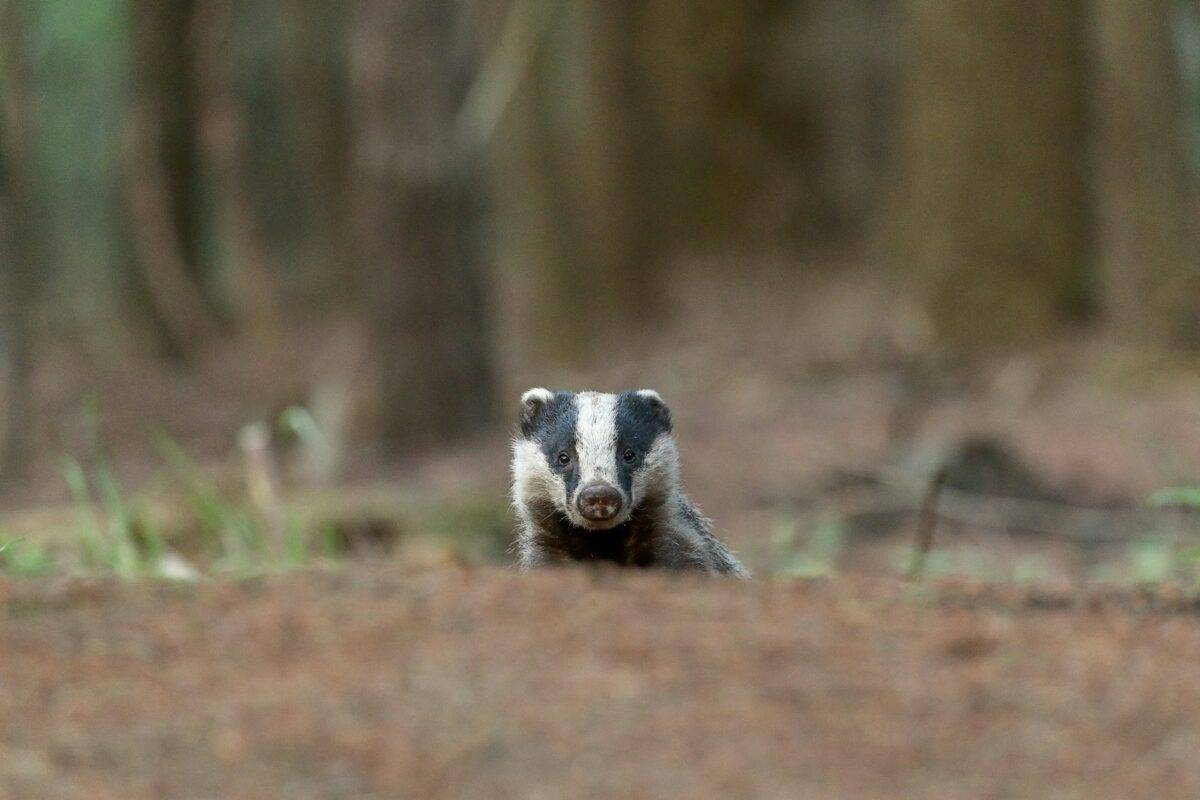
Badgers are generally nocturnal, reclusive animals, preferring to avoid human contact.
Despite their peaceful nature, they can become formidable opponents when cornered or threatened, equipped with sharp claws and strong jaws. However, their aggression is mostly defensive, aimed at protecting themselves or their young.
The perception of danger primarily arises from their capability to defend themselves effectively against larger predators, including dogs.
Dog Vs. Badger: Strengths

In a confrontation, both dogs and badgers bring their unique strengths to the table. Dogs, known for their agility, speed, and bite force, are adept at pursuing and capturing prey or defending territory.
Badgers, on the other hand, are built for digging and have powerful forelimbs that can deliver significant damage. Their resilience and tenacity make them challenging adversaries, even for larger animals.
Dog Vs. Badger: Weaknesses
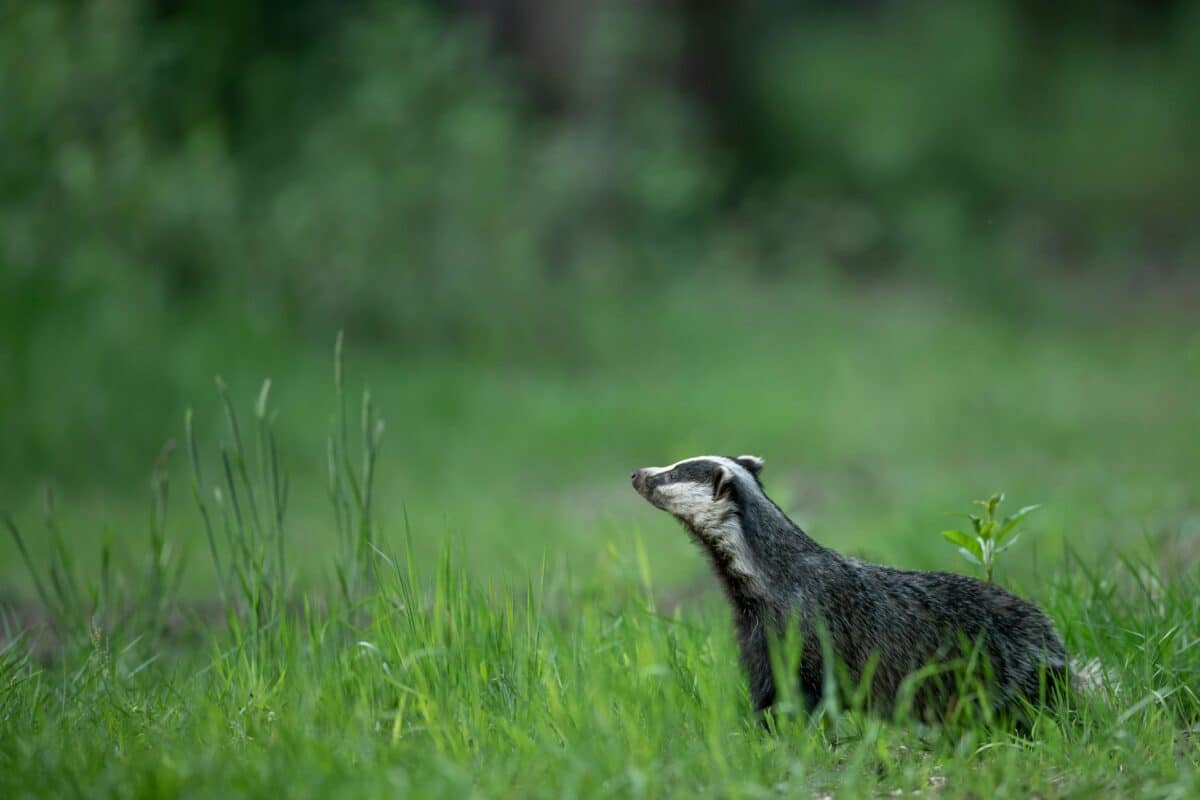
Even the best fighter has its weaknesses.
Dogs, for instance, may lack the badger’s robustness and tenacity, potentially underestimating the badger’s defensive capabilities. Badgers, while formidable in a defensive posture, are not built for prolonged chases and can be vulnerable to faster, more agile predators or when caught off guard in open spaces.
Stink Bombs as a Defensive Mechanism
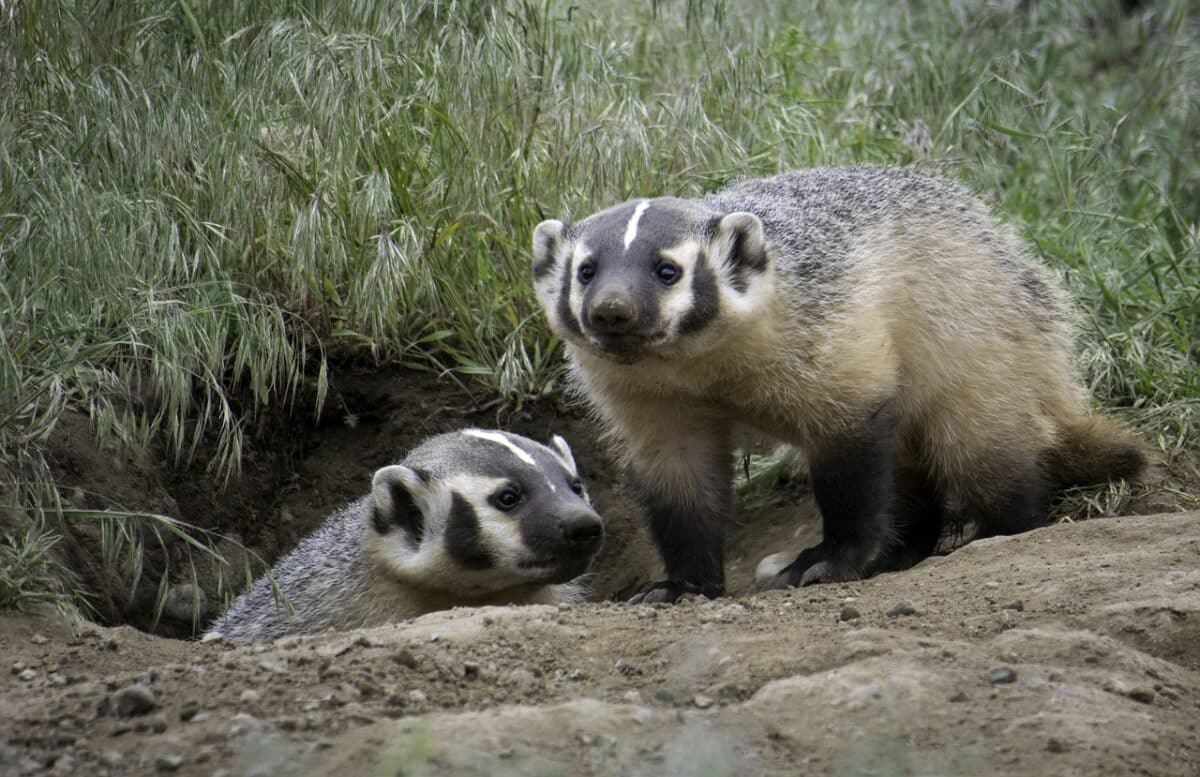
Similar to skunks, badgers have glands that produce a foul-smelling secretion, though they are less likely to use this as a primary defense mechanism. This secretion serves as a deterrent against predators, marking territory and signaling distress.
Badgers: Protected by Law
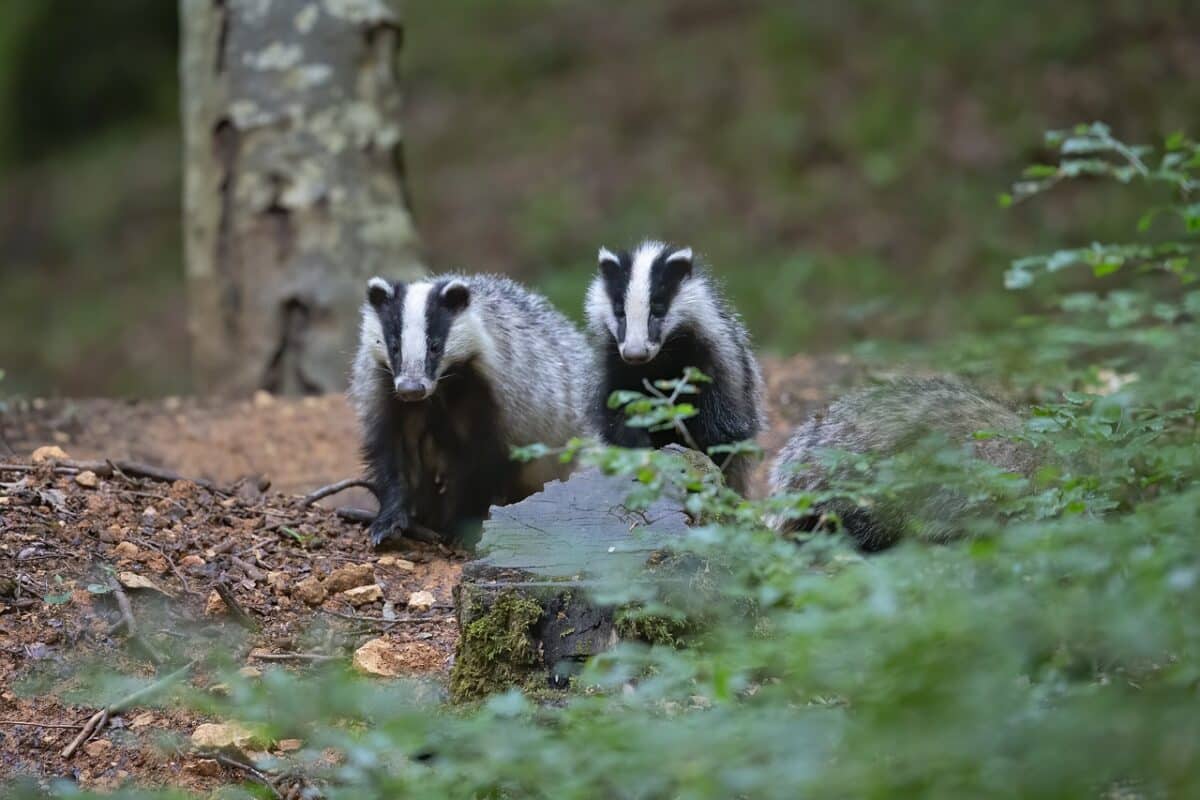
In the U.K., badgers are legally protected under the Protection of Badgers Act 1992, as detailed by the Badger Trust. This legislation prohibits the killing, injuring, or taking of badgers, as well as the destruction of their setts.
Do Badgers Hibernate?

Contrary to popular belief, badgers do not hibernate. They are less active during the winter months, reducing their foraging activities and spending more time in their setts. However, they do not enter a true hibernation state but instead experience periods of torpor, allowing them to conserve energy during colder periods.
Dog Vs. Badger: Closing Thoughts
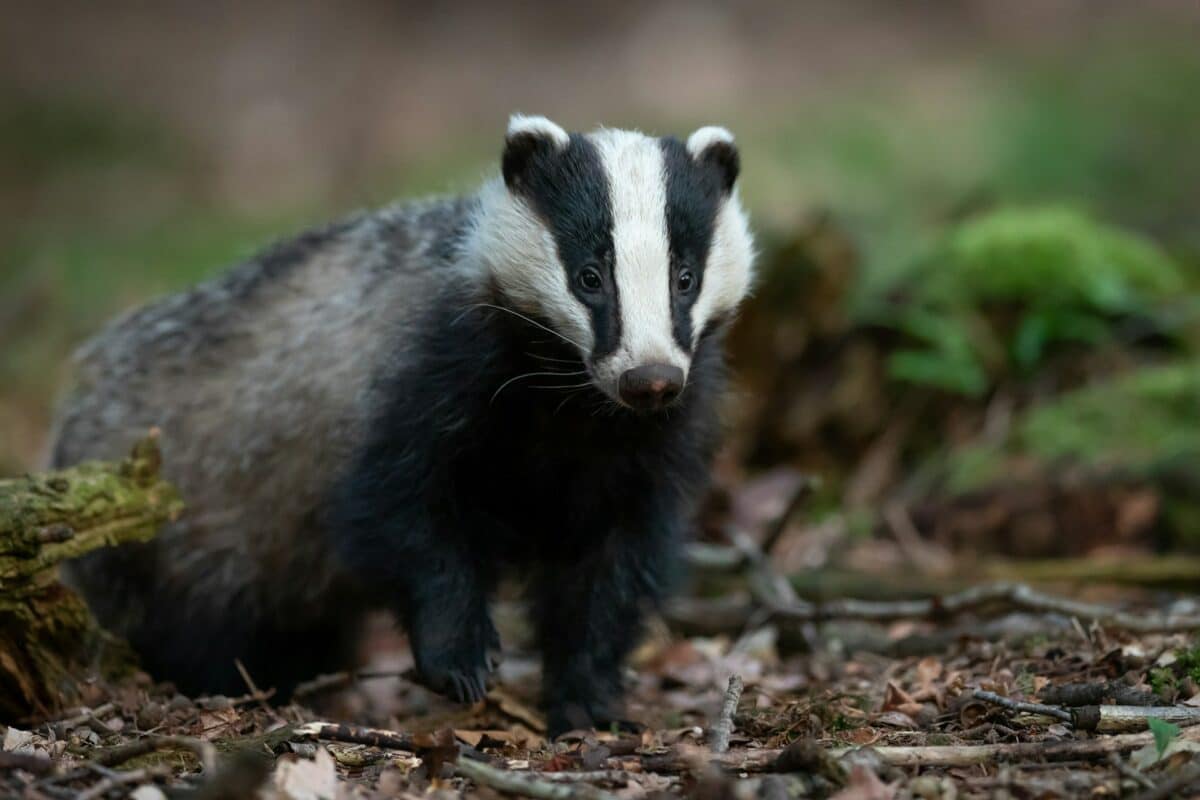
While the moment of confrontation may seem trivial, it underscores the rich tapestry of wildlife behavior and survival mechanisms. It reminds us of the harm that our pets can do to wildlife and vice versa.
Thank you for reading this article about the dog vs. badger! For more stories like this, take a look here:
- Watch: Komodo Dragon VS Crocodile
- Bison vs. Buffalo
- Watch: King Snake vs. Coral Snake. One Deadly, One Safe
Join our Forum for free today!


